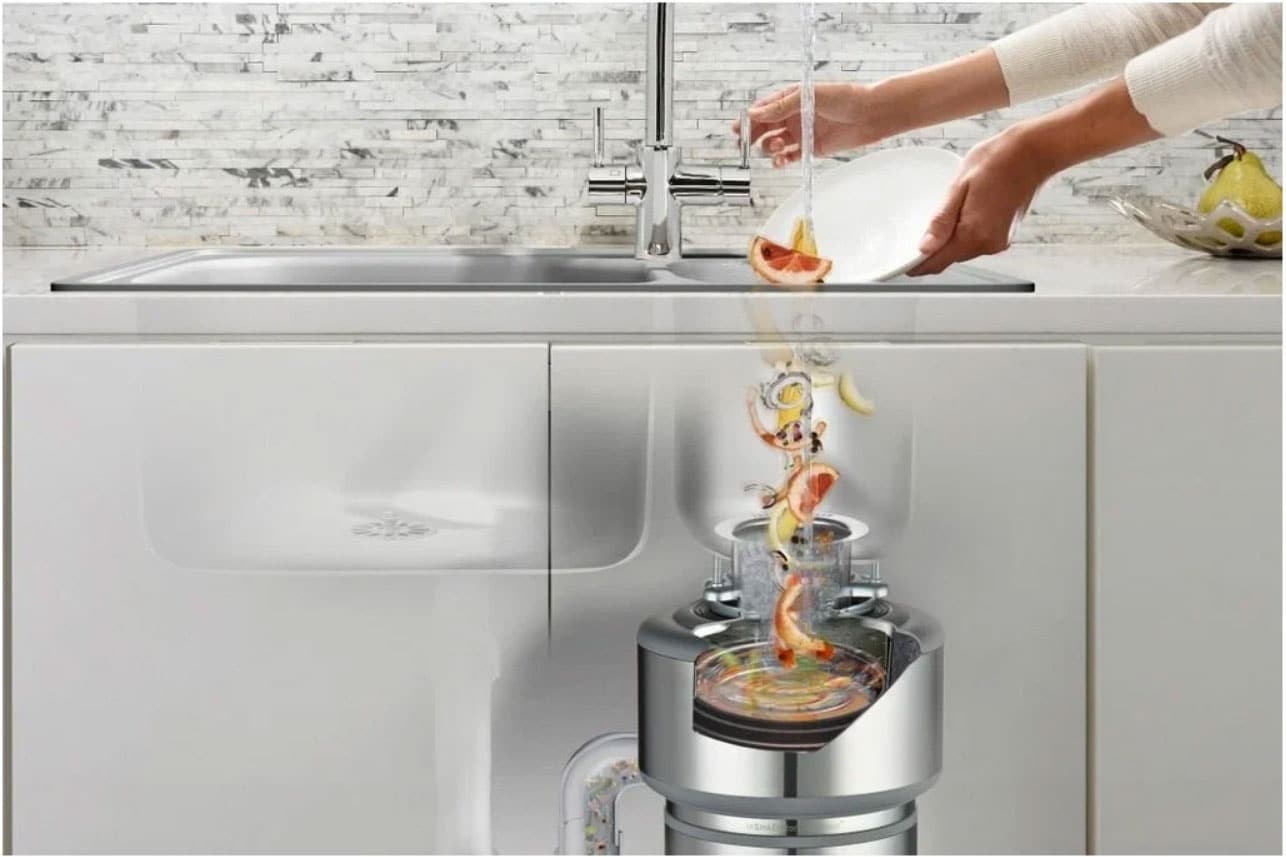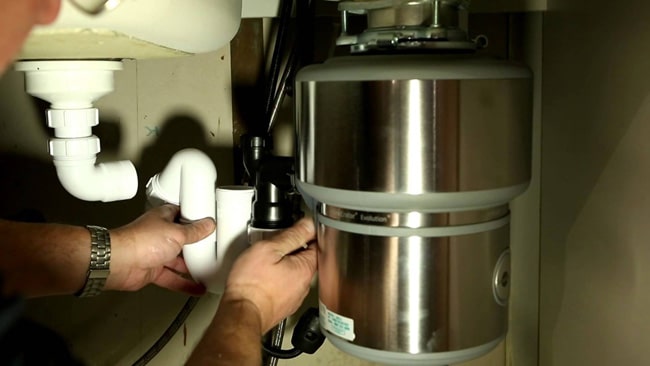Depending on the individual doing the installation and the type of device, replacing the garbage disposal might take anywhere from 30 minutes to several hours. It may take 10 to 20 minutes to be ready, including cutting off the water and power and removing the old unit.
It can take anywhere from 20 to 60 minutes to install a new unit, and another 10-15 minutes to test the disposal’s performance. About 10-15 minutes could be needed to finish cleaning the area. The job may often be finished in under an hour by a professional plumber or handyman.
A garbage disposal frequently isn’t technically malfunctioning when it stops functioning. Depending on how the device is acting up, there are two troubleshooting options to consider.
An expert installer can install a new disposal in two to four hours on average. In order to make the entire system functional again, this involves measuring the location of the disposal, removing all the pipes, installing the disposal, and fitting new pipes.
To ensure that all of the pipes fit without using up all of your storage space, this method needs to be precise. You’ll need an electrician to establish a power connection for the garbage disposal if one isn’t already there.
This includes attaching it to a switch, thus the only alternative that will likely function without requiring additional assistance from an electrician is to use an existing connection that wasn’t built for it.

A brand-new garbage disposal may be purchased for as little as $50, but at that price, you’ll likely only get a small, underpowered machine that will struggle to grind up anything except the softest of scraps.
At the upper end, for around $200, you can purchase a powerful, comparatively silent appliance made of stainless steel with a few years of warranty and, frequently, an auto-reverse start, which causes the blades to spin in one way before turning backward to prevent most jamming issues.
Most people can meet standard kitchen needs with a garbage disposal in the $75–100 price range since it has enough strength and durability.
Inability to use a plumber for installation results in significant savings. The task usually requires a few hours, and it costs $100 on average each hour. Remember, too, that the majority of the installation process will involve stooping to access the cramped space beneath your kitchen sink, so if your back isn’t capable of a protracted and painful stoop, you might be better off hiring someone.
You will need a new unit and some simple tools to replace a broken device. The following are the most frequently needed tools, however, exact requirements may vary based on the model:
Nothing should be done until the power has been turned off, just as with any repair or replacement of an electrical appliance. Start by unplugging the waste disposal. Next, turn off the power to the garbage disposal before going to your home’s main circuit breaker box.
If you are unsure of which circuit breaker powers your garbage disposal, turn it on (or the dishwasher if the disposal is entirely nonfunctional) and flick each circuit switch individually until you reach the one that turns the disposal off.
You don’t need to worry if your garbage disposal breaks down because installing a new one is a simple task that you can complete on your own in a matter of minutes. We’ll demonstrate how:
Before attempting to attach the new flange with adhesive, thoroughly dry the drain opening with a clean cloth.
That ought should fit perfectly. You’ll need to visit your neighborhood home improvement store to get a replacement discharge tube if the existing one is too short to fit the new unit.

Yet, it is possible to install a garbage disposal oneself. Qualified 5-starplumbing plumbers can complete the installation quite quickly. The secret is understanding what to do and figuring out how to prevent issues like leaks, water hammering, and drainage problems. If you decide to do it yourself, make sure you thoroughly research the subject and allow enough time for completion.
Garbage disposal installation doesn’t have to be difficult or time-consuming, but you should leave it to a qualified plumber to prevent any issues. Ask 5-Star Plumbing for assistance installing your garbage disposal.
The complexity of the task, the amount of knowledge of the installer, and the particular model of the trash disposal are some of the variables that can affect how long it takes to replace a garbage disposal. This process will not be less than an hour, possibly more than 2 to 3 hours.
The complexity of the task, the amount of knowledge of the installer, and the particular model of the trash disposal are some of the variables that can affect how long it takes to replace a garbage disposal. This process will not be less than an hour, possibly more than 2 to 3 hours.
You normally need a screwdriver, pliers, hex wrench, new parts, oil, and safety gear to fix a garbage disposal. Depending on the amount of the repairs required, the price of these items can be anywhere from $20 and $200.
Leaks, faulty wiring, and difficulties removing the old machine are common problems when replacing a garbage disposal. They can be prevented by closely adhering to installation guidelines, ensuring adequate wiring, and employing the appropriate tools.
Mike Joshua, a 33-year-old plumber based in California. With a passion for solving complex problems and a commitment to his trade, Mike has dedicated the past 8 years of his life to honing his skills as a professional plumber. After completing technical college Mike quickly secured a job in a plumbing company and has been working steadily ever since. Mike's experience includes not only households but industrial gas and plumbing systems and installation, repair the equipment for different types of business He is known for his attention to detail, strong work ethic, and ability to complete projects on time and within budget. He is always striving to improve his skills and stay up-to-date with the latest industry developments and advancements. In conclusion, Mike enjoys outdoor activities such as hiking and camping. He also has a passion for DIY projects around the home and is always looking for new challenges to tackle.


Replacing a garbage disposal can seem daunting, but with the right tools and a bit of patience, it’s a manageable DIY project for many homeowners. Whether you’re upgrading to a more powerful unit or replacing a broken one, proper installation is key to ensuring your new disposal functions efficiently and safely for years to come.